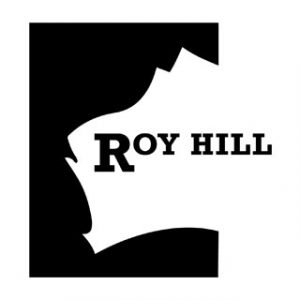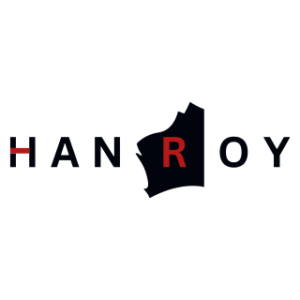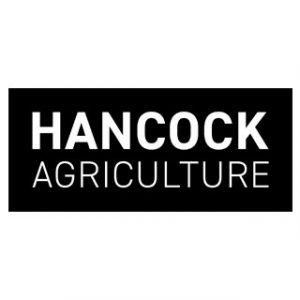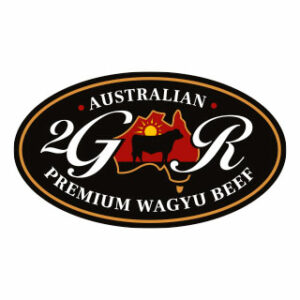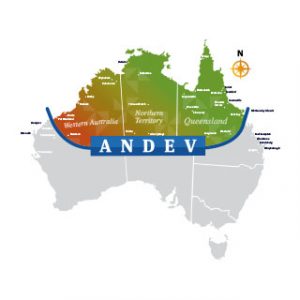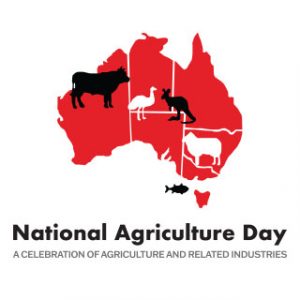It would be easy to become sentimental about the revival of Australian agriculture. The outback is so embedded in the national imagination and history that to see rural Australia buoyant and alive to possibilities is thrilling. As our series on rural prosperity this week revealed, we are on the edge of a “golden boom” after years of low prices, dying towns and desperate farm families.
But the changes afoot in the regions outside our capital cities demand much more than a communal slap on the back as we congratulate ourselves for being not only lucky but also smart. The rural revolution is just beginning and there is much to be done to ensure that its boost to national prosperity is long lasting. Nostalgia will not get us far as we attempt to exploit technological advances in modern farming and the huge markets of Asia.
National agricultural production will be more than $60 billion in value this year for the first time and is tipped to go to $100 million in the next decade; cattle and sheep prices are at record highs; and the harvest of wheat, grain and pulse crops is also unprecedented. Our agricultural exports are now second only to iron ore and are bigger than coal in their contribution to the national economy.
There are some surprises: our meat processing sector is now the biggest single industry employer. And who knew we would see record chickpea prices, now that India can’t get enough of our crop? Even winemakers are doing well, with record exports to another emerging market in China. It has led to money in the pockets of farmers who have seen lean, and sometimes disastrous, years. The money is flowing to country towns and businesses, to the machinery dealers, the fence contractors and the general stores.
It is not all sunshine: dairy farmers are still feeling the pain and many Queensland cattle properties are finding they can’t afford to restock when young cattle cost $1500 a head, rather than the $200 or $300 a head they got for their herds at the height of drought.
The challenge now is twofold: to scale the sector to the level of production — and at a high quality — where it can take advantage of the huge Asian market; and to build the transport and water infrastructure to underpin that growth.
World demand for food is growing but Australia must play at the high end, delivering clean, green, safe — and good value — food to affluent consumers. We must build on our reputation for high quality and target niche markets.
All this makes sense, but our farmers argue we won’t get far without better infrastructure. And it’s not only road and rail that could let us down. In modern farming, mobile phone black spots and a lack of high-speed digital broadband can be just as much a barrier to growth. You can’t use drones, robots and precision farming tractors without good communications, GPS technology and mobile phones. Much of our road and rail infrastructure also is inadequate: it costs more to get a tonne of wheat from Moree to Sydney than it does to ship it from Sydney to the Middle East. Governments must move quickly to help reduce the cost of logistics and freight.
Export growth will depend on more direct flights to Asia to transport high- quality, high-priced food such as seafood, fruit and wagyu meat, chilled or fresh. The privately built airport at Toowoomba shows the foresight of the Wagner family, who went it alone to build an impressive piece of infrastructure. Canberra airport is also a crucial link, with direct flights to Singapore four times a week taking fresh foods from the Cowra food bowl, including specialty products such as vegetable health juice produced at the Cowra Botanica factory from locally grown kale, carrots and apples.
The biggest challenge of all, however, is a reliable supply of water in a country that will always be at the mercy of “droughts and flooding rains”. Big, visionary projects have been part of our history and this week Agriculture Minister and Deputy Prime Minister Barnaby Joyce advocated bringing water from elsewhere into the Murray-Darling Basin. He suggested water from Papua New Guinea or far north Queensland, but far less ambitious solutions lie within our grasp. Governments, for example, should move beyond the complaints of the Greens and ensure that we build more dams to provide more irrigation. National Farmers Federation president Fiona Simson also warned this week against getting carried away by grand schemes for the north: down south, she said, much could be achieved by focusing on practical infrastructure.
Our series reported on Australians “buying back the farm” now that good years are allowing farmers to invest. And last year our richest woman, Gina Rinehart, consolidated her farm portfolio to own just under 2 per cent of Australia. These are important for food security, but foreign investment, particularly from China, is a crucial part of our agricultural future. Indeed Ms Rinehart is in partnership with a Chinese company in the massive Kidman properties. This is a good model, with the Foreign Investment Review Board and the government apparently happy to see such ventures. The bush is poised to deliver remarkable growth, but we must be smart about technology, infrastructure and investment if Australia is to make the most of this 21st-century boom in agriculture.

